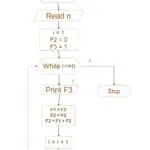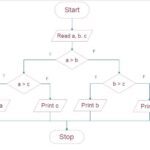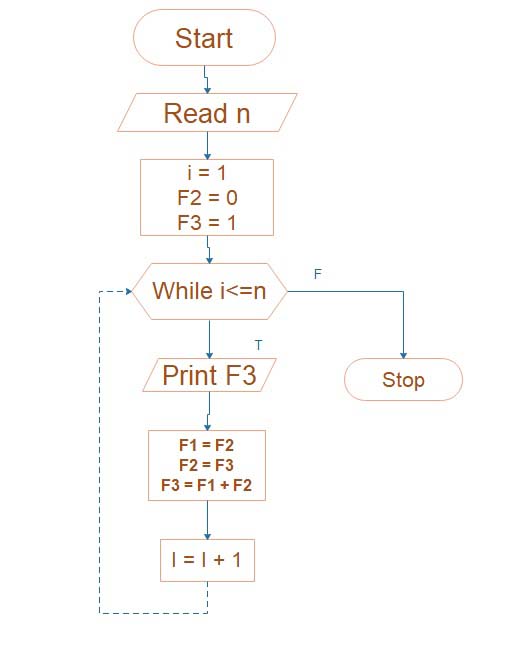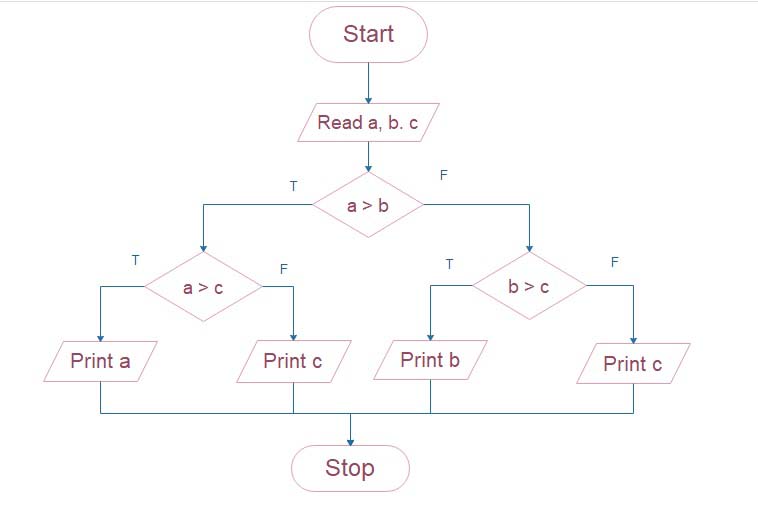Force Exerted by Jet an Inclined Plate
Force Exerted by a Jet an Inclined Flat Plate.
Permit a jet of water, proceeding out from the nozzle, to strike a tilted flat plate as shown in Fig.
Let
V = Velocity of a jet in some direction of X,
θ = Angle inside between the jet and plate,
A = Area of a cross-section of the jet.

- Then a mass of water per sec striking the plate = ρ x av.
- If the plate is smooth and if it is assumed that there is no loss of energy due to the impact of the jet, then the jet will move over the plate after striking with a velocity equal to the initial velocity i.e., with a velocity v.
- Let us find the force exerted by the jet on the plate in the direction normal to the plate.
- Let this force is represented by Fn
Then
Fn = Mass of jet striking per sec. x [ Initial velocity of the jet before striking in the way from n – The final velocity of the jet after striking in the way from n]
= ρav [v sinθ – 0]
= ρav^2 sinθ
- This force can be determined into two components, one in the direction of the jet also the other perpendicular to the direction of flow.
Then we have,
Fx = Parts of Fn in the direction of flow.
= Fn cos (90° – θ)
= Fn sinθ
= ρav2 sinθ x sinθ
( ∵ Fn = ρav^2 sinθ )
= ρav^2 sin^2θ
And, Fy = Parts of Fn perpendicular to flow.
= Fn sin(90° – θ)
= Fn cosθ
= ρav^2 sinθ cosθ
Q. An jet of force exerted by water of diameter 75 mm moving by a velocity of 25 m/s strikes a fixed plate in such a direction that the angle within the jet and plate is 60°. Determine the force exerted by the jet toward the plate
- Toward the direction normal at the plate and
- Into the direction of the jet.
Given
A diameter of a jet, d = 75 mm = 0.075 m
Area, a = (π/4)d2
= (0.075)^2
= 0.004417 m^2
The velocity of the jet, v = 25 m/s
The angle between the jet and plate θ = 60°
Solution
- This force exerted by the jet of water in the direction normal to the plate is given as
Fn= ρav^2 sinθ
= 1000 x 0.004417 x 25^2 x sin(60)
= 2390.7 N
=2.39 kN
- The force in the direction of the jet is given as
Fx = ρav^2 sin^2θ
= 1000 x 0.004417 x 25^2 x sin^2(60)
= 2070.4 N
= 2.070 kN













